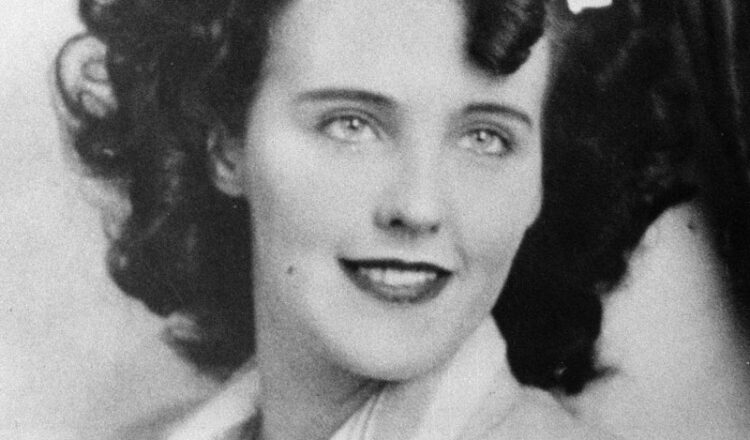Elizabeth Short’s body was recovered on January 15, 1947
By: Johanna Elattar, pictured is Elizabeth Short from a police bulletin
Approaching the solemn 77th anniversary of the Black Dahlia murder, the life and death of Elizabeth Short remain eternally bound to the mysteries that shroud her tragic story. In this intricate tapestry of the past, Steve Hodel, a former LAPD detective, takes center stage, leading an exhaustive investigation into the shadows of his own family and the myriad suspects connected to one of the most infamous unsolved crimes in American history.
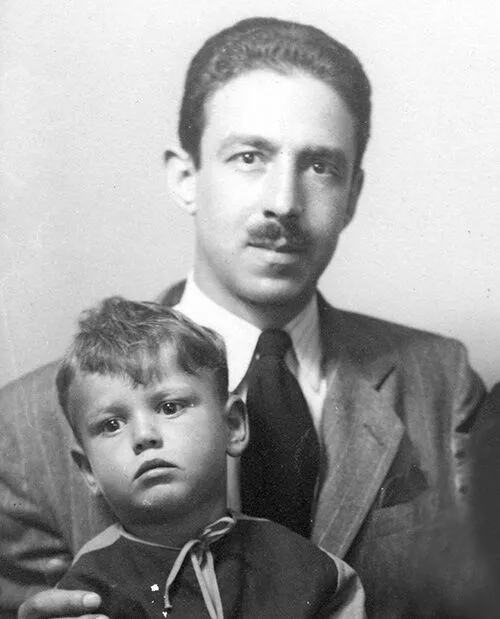
Steve Hodel’s father, Dr. George Hill Hodel Jr., born October 10, 1907, in Los Angeles, California, was a highly intelligent and well-educated individual. Despite a brief stint at Caltech, he left due to a sex scandal. Hodel graduated from Berkeley pre-med in 1932, later obtaining his medical degree in 1936. By the 1940s, he was an influential figure in Los Angeles society, associating with Surrealists like Man Ray and filmmaker John Huston.
In 1940, Hodel married Dorothy Harvey, known as “Dorero” to avoid confusion with his first wife, Dorothy Anthony. Hodel’s life in the late 1940s was complex, involving multiple relationships and marriages. He purchased the Sowden House in 1945, living there until 1950. Hodel left the U.S. in 1950, marrying Hortensia Laguda in Hawaii, where they had four children before divorcing in the 1960s. He returned to the U.S. in 1990, marrying June in San Francisco. George Hodel Jr. passed away in 1999 at the age of 91.
It was only after Dr. George Hodel’s death that Steve Hodel suspected his father of being involved in the infamous Black Dahlia murder. Steve Hodel has written extensively about his suspicions and allegations against his father in his “Black Dahlia Avenger” book series. I’ve recently interviewed Steve Hodel about his father, Dr. George Hill Hodel, and his potential connection to the Black Dahlia murder.
Steve worked his way up the ranks in the Los Angeles police department, gaining a reputation as a reliable homicide detective. Shortly after learning about his father’s death, Steve Hodel sifted through his father’s belongings.
While sorting, Steve discovered a small wooden-bound photo album. As he flipped through it, he found typical family pictures and portraits taken by the famous artist Man Ray, a family friend. However, two pictures of a young woman with dark, curly hair, looking reminiscent of the Black Dahlia, caught his attention towards the end. Steve couldn’t explain why, but the resemblance struck him.
Elizabeth Short, affectionately known as Beth, found herself at the heart of post-war Los Angeles, a city brimming with dreams and paradoxes. Born in Boston in 1924, Short’s early life was marked by a series of familial upheavals, with her father’s sudden disappearance and the subsequent impact of the Great Depression leaving an indelible mark on her formative years.
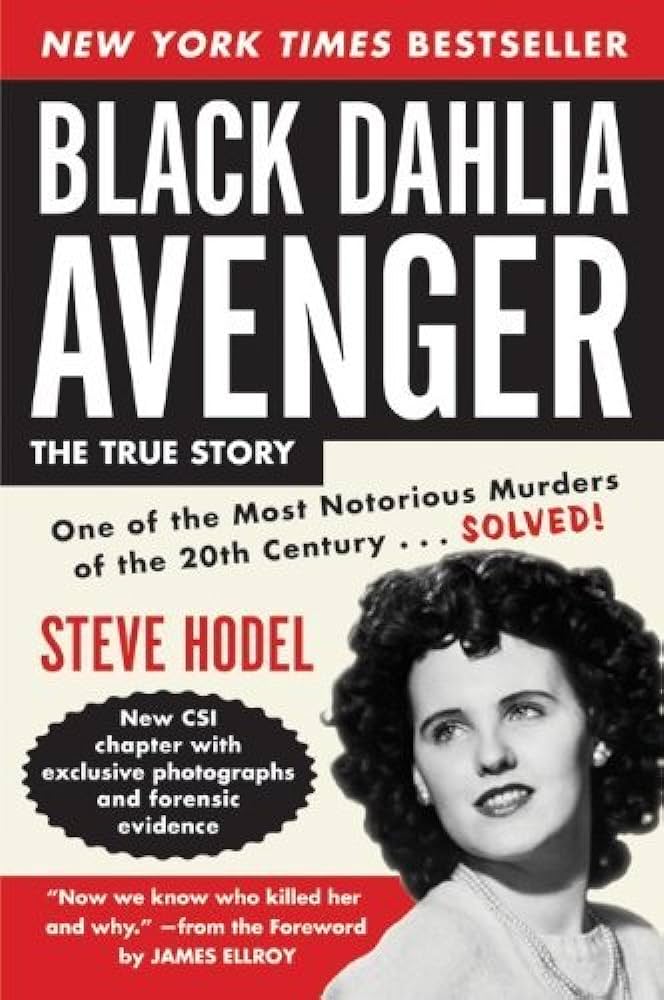
Short’s journey to California was not fueled by dreams of stardom, as previously believed, but rather by a desire for a fresh start and a new chapter. In Los Angeles, she sought refuge from the challenges of her past, embarking on a journey of self-discovery amidst the bright lights and sprawling streets of the burgeoning city.
As Steve Hodel delves into Elizabeth Short’s life, he unveils the complex relationships that shaped her narrative. Short’s encounters with men played a significant role in her transient existence. She formed connections with individuals from various walks of life, navigating the social landscape of 1940s Los Angeles with an unwavering spirit.
One pivotal figure in Short’s life was Dr. George Hodel, a renowned physician and polymathic personality who would later become a central figure in his son’s investigation. Dr. Hodel’s connections to the surrealist art scene and the bohemian underground of Los Angeles added an eclectic layer to Short’s life, intertwining her fate with a man whose fascination with the surreal would become a key element in the unfolding narrative.
Examining crime scene photos, Steve noticed that the victim had undergone a specific surgical procedure taught in the 1930s, the same era when his father, George, was in medical school. The letters from the supposed killer, known as The Black Dahlia Avenger, resembled his father’s handwriting.
For many years, Steve has dedicated his life to collecting evidence linking his father to the murder. He returned to Los Angeles, documenting his findings in books, a play, and a blog. Despite his intense focus on the case, Steve has garnered both supporters and critics due to his passionate tone and captivating narrative: a seasoned detective accusing his father of a notorious unsolved murder.
Steve Hodel’s exploration into his father’s fascination with surreal art, coupled with the social circles he frequented, paints a vivid picture of the backdrop against which Elizabeth Short’s life played out. Dr. Hodel’s involvement in the “Surrealist Ball,” an extravagant gathering that brought together artists, writers, and intellectuals, suggests a connection between Short’s world and the enigmatic realms of surrealism. Hodel’s extensive background as an LAPD detective and his personal connection to the investigation elevate him to a unique position in the quest for resolution. His investigations, spanning decades, have been characterized by a meticulous reexamination of evidence, interviews with witnesses, and a commitment to revealing the hidden truths beneath the layers of time.
While it is widely believed that Elizabeth Short went missing on January 9 and her body was discovered on January 15, some intriguing details challenge this timeline. On the evening of January 9, 1947, Beth Short returned to Los Angeles after a brief trip to San Diego in the company of Robert “Red” Manley, a 25-year-old married salesman she had been dating. Manley reported dropping Short off at the Biltmore Hotel in downtown Los Angeles. Beth had told Red Manley that she was supposed to meet her sister visiting from Boston later that night, but it was a lie. Some accounts suggest that Biltmore Hotel staff members recalled seeing Short using the lobby telephone. Shortly after, patrons of the Crown Grill Cocktail Lounge at 754 South Olive Street, approximately 3⁄8 mile (600 m) away from the Biltmore, claimed to have spotted Short.
Reports indicate that during that fateful week, there were sightings of Beth, including one by a police woman. This discrepancy in the timeline adds an element of mystery, raising questions about the accuracy of the assumed period of Short’s disappearance.
Adding another layer to the complexity of Elizabeth Short’s life, there is the claim that she was engaged to a flyer who tragically died over the Indian Sea. This engagement, if true, could open new avenues of investigation into Short’s connections and the potential motivations of those involved in her murder.
The suspects surrounding the Black Dahlia case continue to cast shadows of uncertainty. Dr. George Hodel, with his surreptitious wiretaps, access to drugs, and unusual art collection, remains a primary focus of his son’s investigation. The unique complexities of their familial ties add layers of intrigue to an already perplexing mystery.
Leslie Dillon, a bellhop with a criminal record, and the elusive “Red Lipstick Murderer” also figure into the narrative, contributing to a gallery of chilling characters connected to the unsolved crime. Recently, I had the opportunity to interview Steve Hodel about his father and the ongoing investigation. He expressed a mix of emotions, acknowledging the complexities of his father’s life while maintaining that the accusations against Dr. George Hodel were true.
In November 2004, L.A. County Head Deputy District Attorney Stephen Kay made a bold statement regarding the Black Dahlia case. Kay asserted, “The most haunting murder mystery in Los Angeles County during the 20th Century has finally been solved in the 21st Century. I have no doubt in my mind that George Hodel murdered Elizabeth Short and Jeanne French.” Despite Kay’s confidence, the lack of concrete evidence and the enduring mysteries surrounding the case continue to fuel debates and investigations.
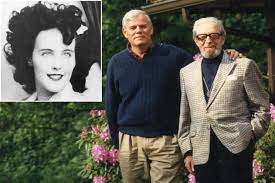
It’s worth noting that Steve Hodel sent a copy of his latest book to me, as a gift. The gesture reflects his commitment to sharing his findings and perspectives, further contributing to the ongoing discourse surrounding the Black Dahlia murder.delves even deeper into the chilling narrative of the Black Dahlia case. Drawing upon years of dedicated investigation, Hodel contends that other suspects in the case pale in comparison to the true culprit—his own father, Dr. George Hodel. In a narrative that unfolds over decades, Steve Hodel has taken readers on a horror-filled journey, meticulously presenting evidence to prove beyond a reasonable doubt that his father is not only connected to the crime but may be one of the most prolific and sadistic serial killers never known.
With each installment of his investigative work, Hodel has left readers with a profound sense of sadness for the victims who never had the opportunity to see justice served in a court of law. In his latest installment, “BDA IV,” Steve Hodel takes a unique approach, delivering a powerful account of historical fiction. In this narrative, the veil between the physical and spiritual worlds is lifted, providing readers with the long-awaited murder trial of co-defendants George Hodel and Fred Sexton.
From his teenage years until 1950, Fred Sexton maintained a close friendship with both John Huston and George Hodel, all of whom grew up together in Los Angeles. Sexton played a significant role as a star witness in the 1949 Incest Trial of Dr. Hodel. Additionally, he was an American artist known for crafting the Maltese Falcon statuette prop used in the 1941 Warner Bros. film production, “The Maltese Falcon.”
Through this fictionalized trial, Hodel presents the culmination of his decades-long investigation, laying out powerful evidence for a judge to decide the fate of the alleged killers. While “BDA IV” may exist within the realm of historical fiction, it serves as a satisfying resolution for readers who have followed the Black Dahlia case closely. The narrative not only weaves together the intricate threads of the investigation but also provides a sense of closure and justice for the victims, albeit in a fictionalized setting.
Steve Hodel’s commitment to uncovering the truth about his father’s alleged involvement in the Black Dahlia murder is evident in the narrative of “BDA IV.” By blending elements of historical fiction with his factual findings, Hodel offers readers a unique perspective on the case and leaves them with a sense of satisfaction regarding the outcome of the trial, even if it exists in the realm of fiction. The gift of this latest installment adds another layer to the ongoing discourse surrounding the Black Dahlia case, further emphasizing the complexity of this enduring mystery.
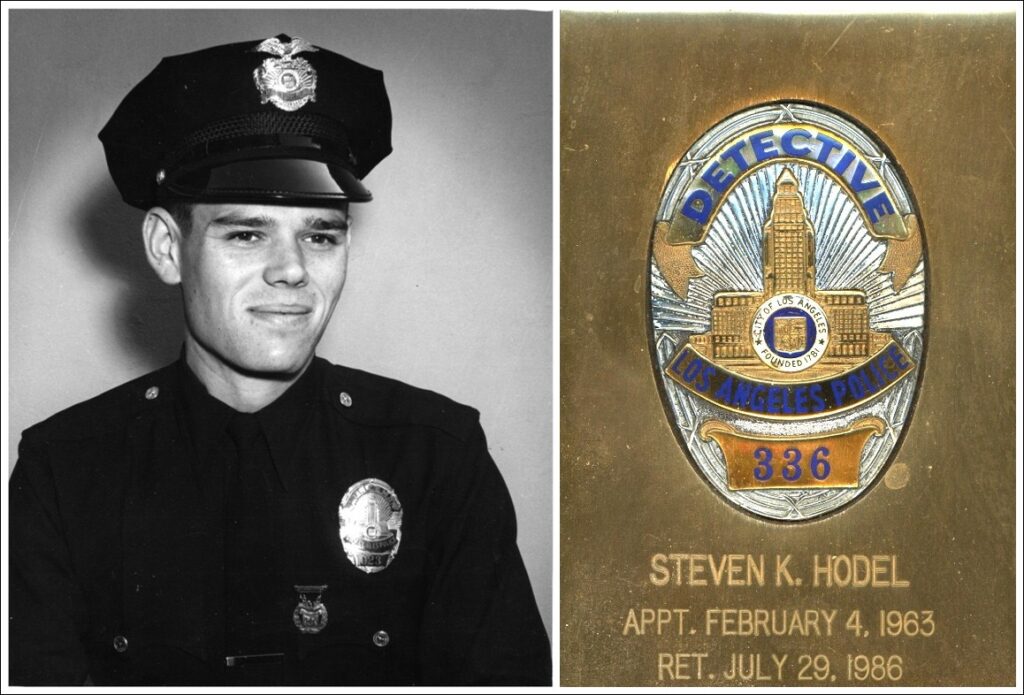
As the 77th-anniversary commemoration prompts reflection not only on the individuals whose lives were intertwined with the Black Dahlia but also on the lasting impact this mystery has had on pop culture, literature, and film, the legacy of Elizabeth Short, the complex history of Dr. George Hodel, and Steve Hodel’s unwavering quest for justice converge to create a narrative that persists in the collective consciousness, leaving us with more questions than answers.
However, the narrative is not without controversy. Steve’s half-sister, Tamar Hodel, has publicly accused their father, Dr. George Hodel, of sexual abuse and incest. Tamar’s allegations introduce a complex layer to the story, intertwining family dynamics with the broader investigation into the Black Dahlia murder. The accusations against Dr. George Hodel cast shadows on the family’s history, further complicating the already enigmatic narrative. During the incest trial of 1949, George Hill Hodel was cleared of all charges. He left the United States soon after the trial.
Opposing views to Steve Hodel’s allegations argue that his pursuit of his father as the Black Dahlia murderer may be fueled by personal vendettas or unresolved family issues. Skeptics question the validity of the evidence presented and the methodology of Steve’s investigations, suggesting that bias may taint his conclusions.
In the realm of true crime, where facts and speculations often blur, the Black Dahlia case remains an enigma that continues to captivate the public’s imagination. The enduring mystery, coupled with the familial complexities brought to light by Steve Hodel’s investigation, ensures that the Black Dahlia remains a symbol of unsolved intrigue, casting its long shadow over the city of Los Angeles and the pages of criminal history. As we mark the 77th anniversary of Elizabeth Short’s tragic death, the question of who killed the Black Dahlia endures, haunting the corridors of time with its elusive secrets.
Johanna Elattar is a Hornell NY based writer with a broad range of interests. She is a mystery, horror, and mystic tales. Johanna also excels at human stories, community news, and special interest pieces. Just search out site for “Johanna” to read some of her amazing work. You can reach her anytime at hauntedhill@yandex.com


